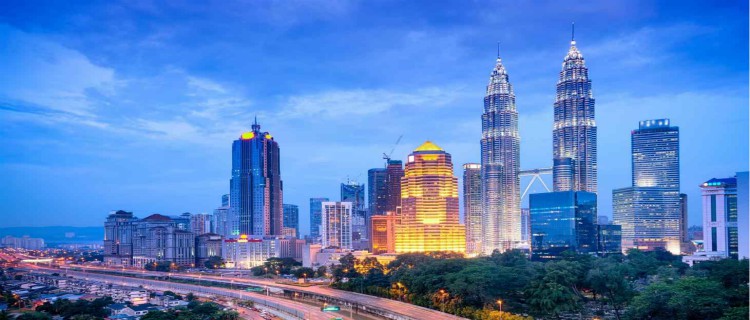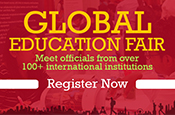The name Malaysia comes from an old term for the entire Malay archipelago. A geographically truncated Malaysia emerged out of the territories colonized by Britain in the late nineteenth and early twentieth centuries. Britain's representatives gained varying degrees of control through agreements with the Malay rulers of the peninsular states, often made by deceit or force. Britain was attracted to the Malay peninsula by its vast reserves of tin, and later found that the rich soil was also highly productive for growing rubber trees. Immigrants from south China and south India came to British Malaya as labor, while the Malay population worked in small holdings and rice cultivation. What was to become East Malaysia had different colonial administrations: Sarawak was governed by a British family, the Brookes (styled as the "White Rajas"), and Sabah was run by the British North Borneo Company. Together the cosmopolitan hub of British interests was Singapore, the central port and center of publishing, commerce, education, and administration. The climactic event in forming Malaysia was the Japanese occupation of Southeast Asia from 1942-1945. Japanese rule helped to invigorate a growing anti-colonial movement, which flourished following the British return after the war. When the British attempted to organize their administration of Malaya into one unit to be called the Malayan Union, strong Malay protests to what seemed to usurp their historical claim to the territory forced the British to modify the plan. The other crucial event was the largely Chinese communist rebellion in 1948 that remained strong to the mid-1950s. To address Malay criticisms and to promote counter-insurgency, the British undertook a vast range of nation-building efforts. Local conservatives and radicals alike developed their own attempts to foster unity among the disparate Malayan population. These grew into the Federation of Malaya, which gained independence in 1957. In 1963, with the addition of Singapore and the north Borneo territories, this federation became Malaysia. Difficulties of integrating the predominately Chinese population of Singapore into Malaysia remained, and under Malaysian directive Singapore became an independent republic in 1965.
Throughout Malaysia's brief history, the shape of its national identity has been a crucial question: should the national culture be essentially Malay, a hybrid, or separate ethnic entities? The question reflects the tension between the indigenous claims of the Malay population and the cultural and citizenship rights of the immigrant groups. A tentative solution came when the Malay, Chinese, and Indian elites who negotiated independence struck what has been called "the bargain." Their informal deal exchanged Malay political dominance for immigrant citizenship and unfettered economic pursuit. Some provisions of independence were more formal, and the constitution granted several Malay "special rights" concerning land, language, the place of the Malay Rulers, and Islam, based on their indigenous status. Including the Borneo territories and Singapore in Malaysia revealed the fragility of "the bargain." Many Malays remained poor; some Chinese politicians wanted greater political power. These fractures in Malaysian society prompted Singapore's expulsion and produced the watershed of contemporary Malaysian life, the May 1969 urban unrest in Kuala Lumpur. Violence left hundreds dead; parliament was suspended for two years. As a result of this experience the government placed tight curbs on political debate of national cultural issues and began a comprehensive program of affirmative action for the Malay population. This history hangs over all subsequent attempts to encourage official integration of Malaysian society. In the 1990s a government plan to blend the population into a single group called "Bangsa Malaysia" has generated excitement and criticism from different constituencies of the population. Continuing debates demonstrate that Malaysian national identity remains unsettled.
Most components of the degree programmes include computer training, writing and research in order to prepare students for work and to provide them with the ability to apply technologies to all aspects of their education. Admission to the degree programmes requires the applicant to meet minimally the prescribed grades in the relevant subjects at the matriculation (local or overseas) level or possess other equivalent qualifications acceptable to AIMST University.
The medium of instruction for all courses is English, although the importance of the National Language will be emphasised in all activities of the University. AIMST University will provide language support for students before and during their degree studies to ensure an acceptable level of fluency.


